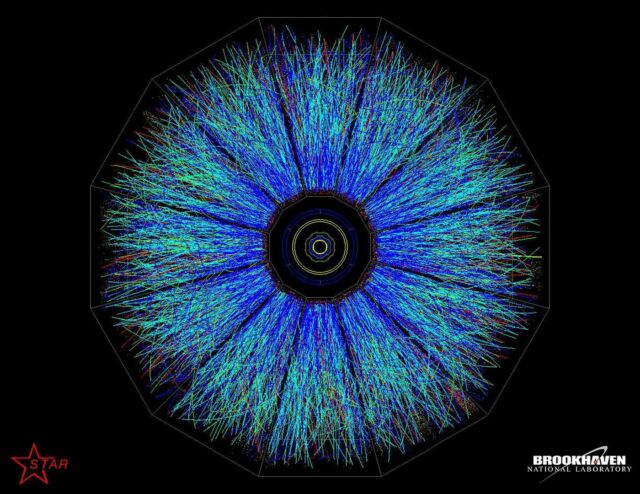 Collisions captured by the STAR detector at the Relativistic Heavy Ion Collider. © Brookhaven National Laboratory
Collisions captured by the STAR detector at the Relativistic Heavy Ion Collider. © Brookhaven National Laboratory
A group of scientists has made progress in learning how some of the universe’s heaviest particles behave under extreme conditions, similar to those just after the Big Bang.
The international research team, including scientists from the University of Barcelona, the Indian Institute of Technology, and Texas A&M University, studied particles that contain heavy quarks. These are the key parts of very massive particles known as charm and bottom hadrons. Studying them helps scientists learn more about how matter acts in conditions that are nearly impossible to create naturally on Earth.
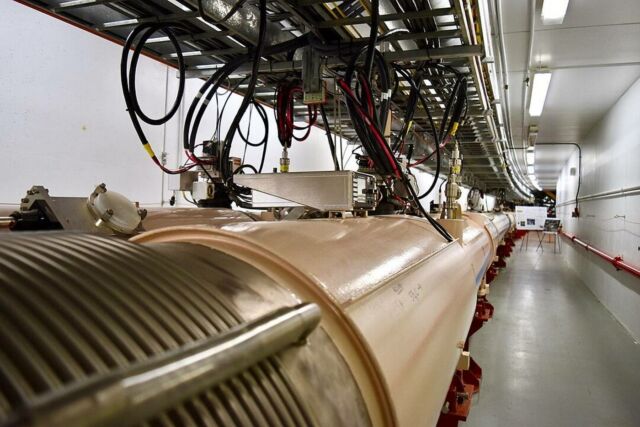 A section of Relativistic Heavy Ion Collider (RHIC). © Z22)
A section of Relativistic Heavy Ion Collider (RHIC). © Z22)
To explore this, researchers smash atomic nuclei together at nearly the speed of light using powerful machines like the Large Hadron Collider (LHC) and the Relativistic Heavy Ion Collider (RHIC). These crashes produce temperatures over 1,000 times hotter than the Sun’s core, briefly forming a special state of matter called quark-gluon plasma.
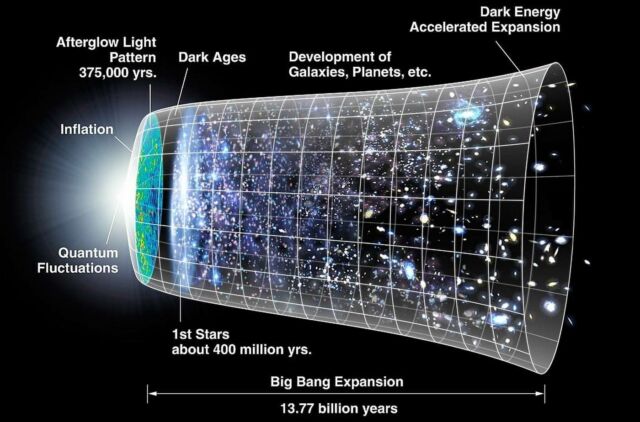 Timeline of the expansion of the universe. © NASA/WMAP Science Team
Timeline of the expansion of the universe. © NASA/WMAP Science Team
This hot “soup” of tiny particles only existed for a short time after the Big Bang. As it cools, it changes into a more familiar form of matter—made up of protons, neutrons, and other particles called mesons and baryons. Understanding this change helps scientists figure out how the early universe turned from a hot mess of particles into the organized matter we see today.
The study, published in Physics Reports, offers new clues about the powerful forces that shaped our universe and still affect it today.

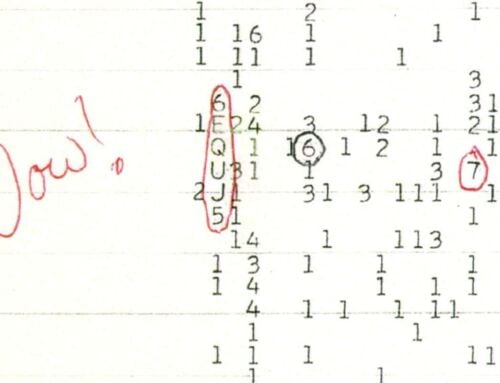

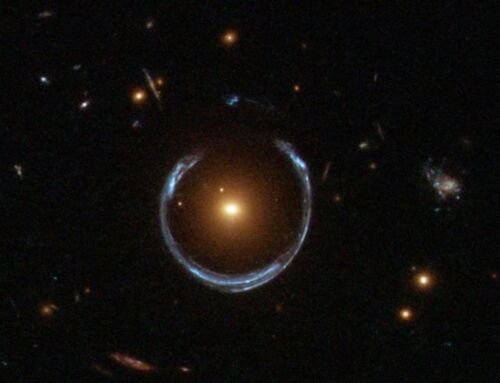
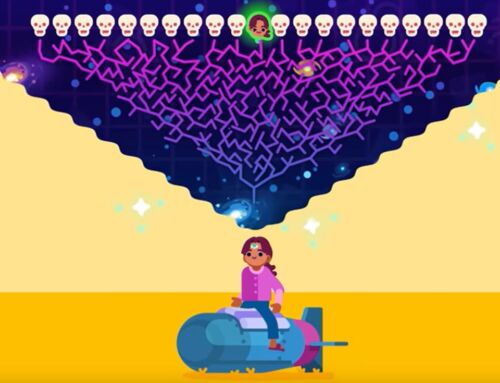
Leave A Comment